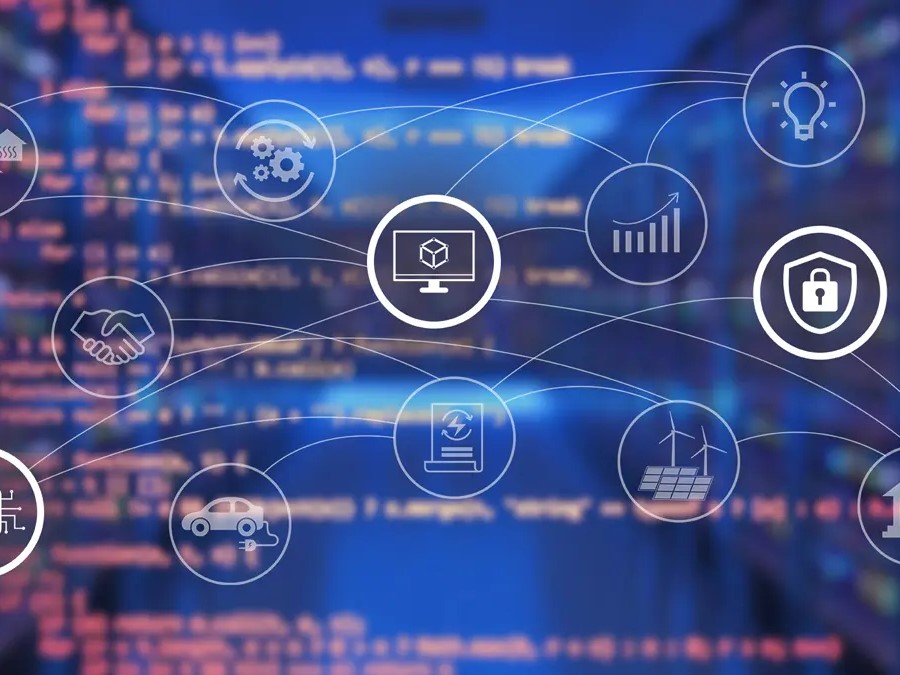Description
As cities around the world grapple with population growth, climate change, and resource constraints, the smart city model has emerged as a strategic framework for achieving sustainable urban development. This course introduces participants to the key pillars of smart cities, including digital governance, intelligent transportation, smart grids, green infrastructure, and data-driven public services. Learners will examine how technologies like IoT, AI, and GIS are used to optimize urban operations, enhance citizen engagement, and reduce environmental impact. Topics also include urban resilience, affordable housing, circular economy practices, and sustainable mobility systems such as bike-sharing, electric vehicles, and mass transit networks. The course draws on global case studies to illustrate successful smart city implementations and explores policy frameworks that support inclusive development. Whether you’re a city planner, civil engineer, tech innovator, or sustainability advocate, this course provides a roadmap to transforming urban environments into equitable, efficient, and adaptive ecosystems. By course end, learners will be empowered to contribute to the design and governance of smart, people-centered, and environmentally responsible cities.






Chinelo –
A fantastic course for public sector professionals. It gave me a solid framework for evaluating smart infrastructure proposals with a sustainability lens.
Saratu –
I appreciated the blend of theory and case studies. The course made complex urban systems easy to understand and highlighted how data and design intersect for better cities.”
Martha –
I learned more in this course than I did in a semester-long seminar. It connected smart city concepts with everyday urban challenges, and the examples were global and inspiring.
Zainab –
Understanding smart cities gave me a huge edge in upcoming projects. This course helped me think beyond buildings—towards ecosystems, mobility, and long-term livability.
Oluwatobi –
This course was exactly what I needed to stay current. It ties together sustainability, technology, and policy in a way that’s practical for real-world planning.